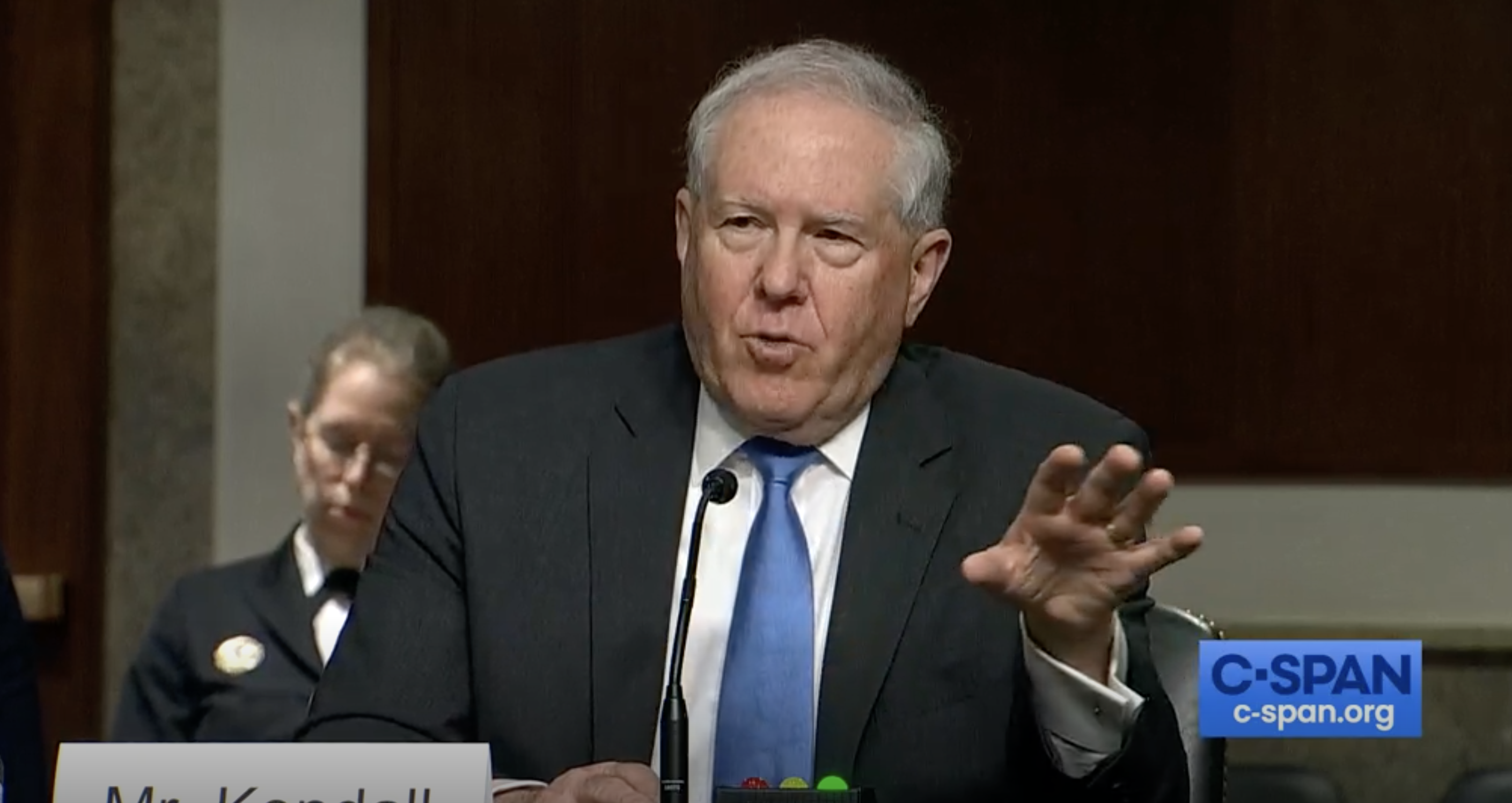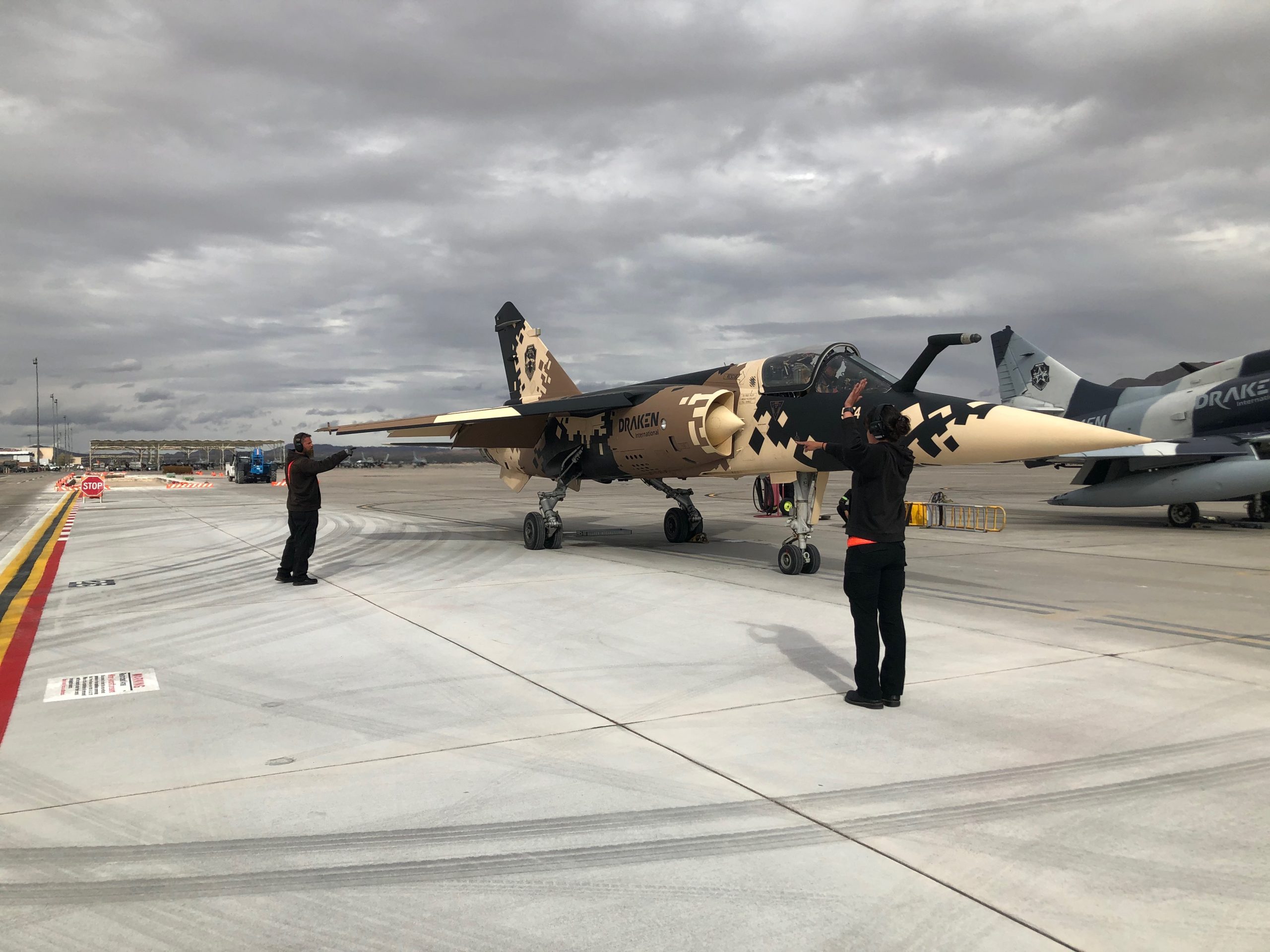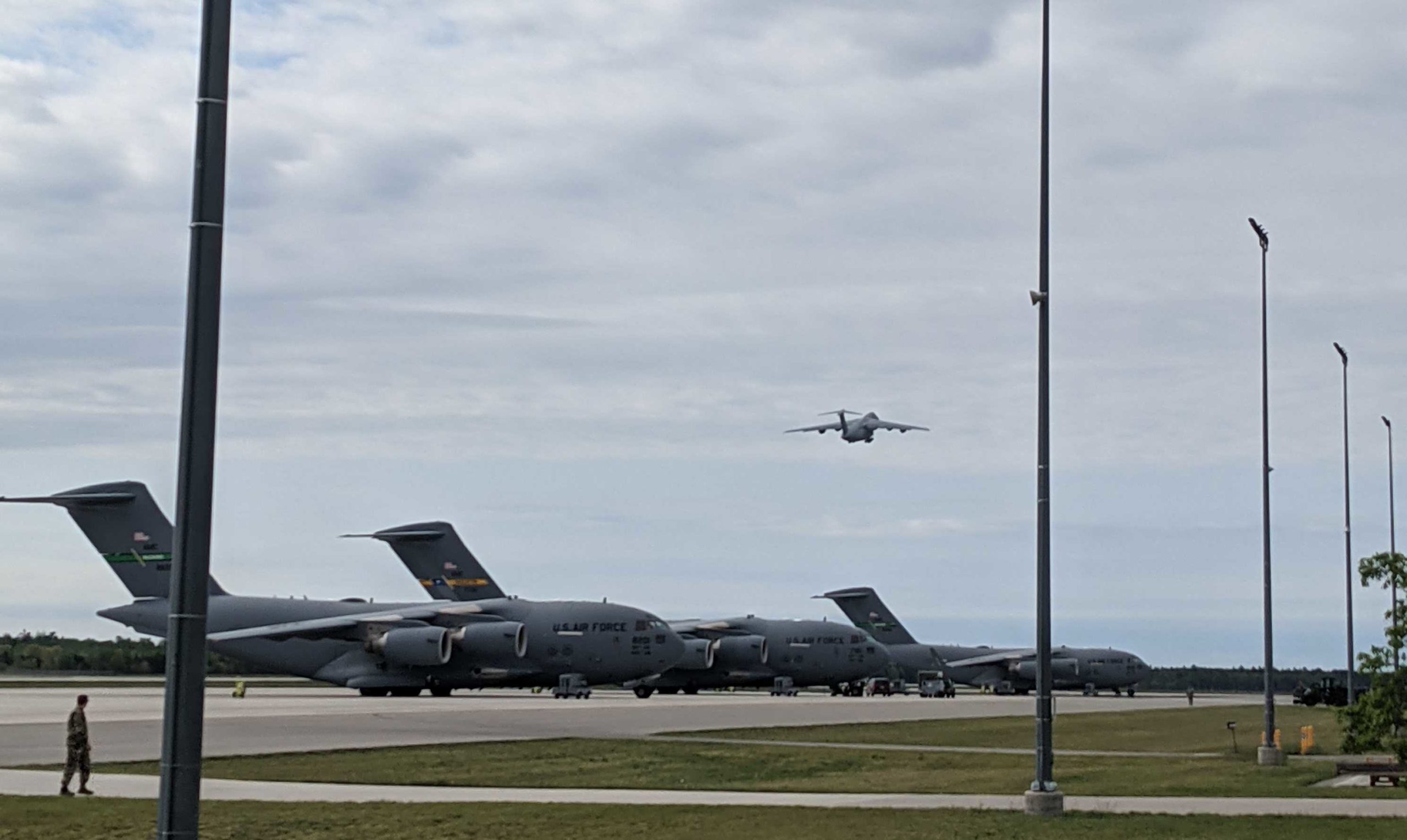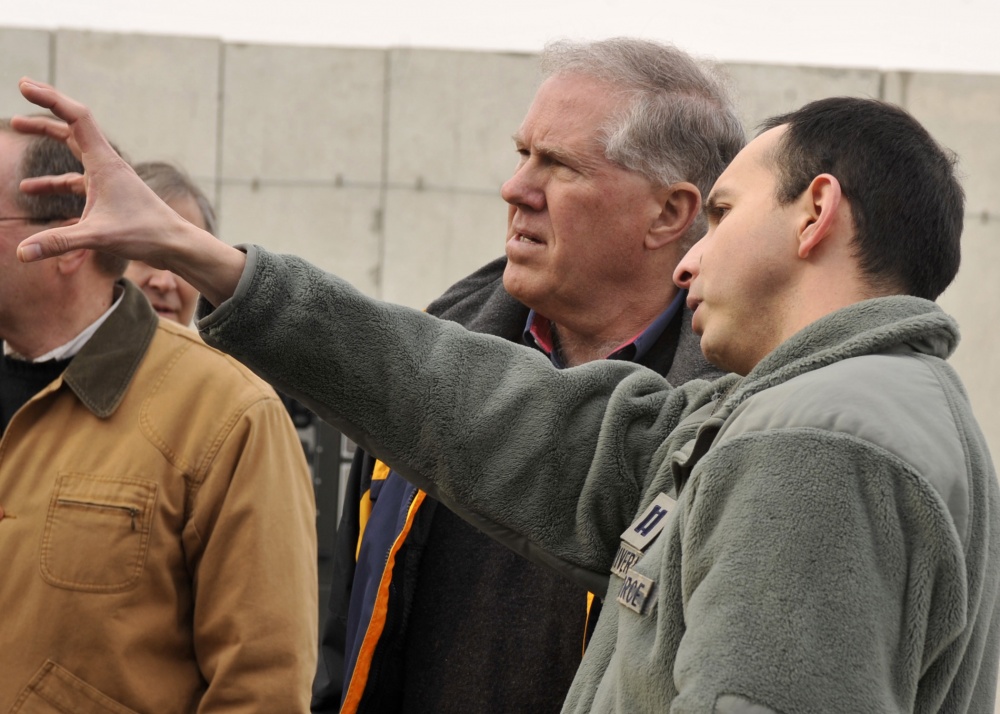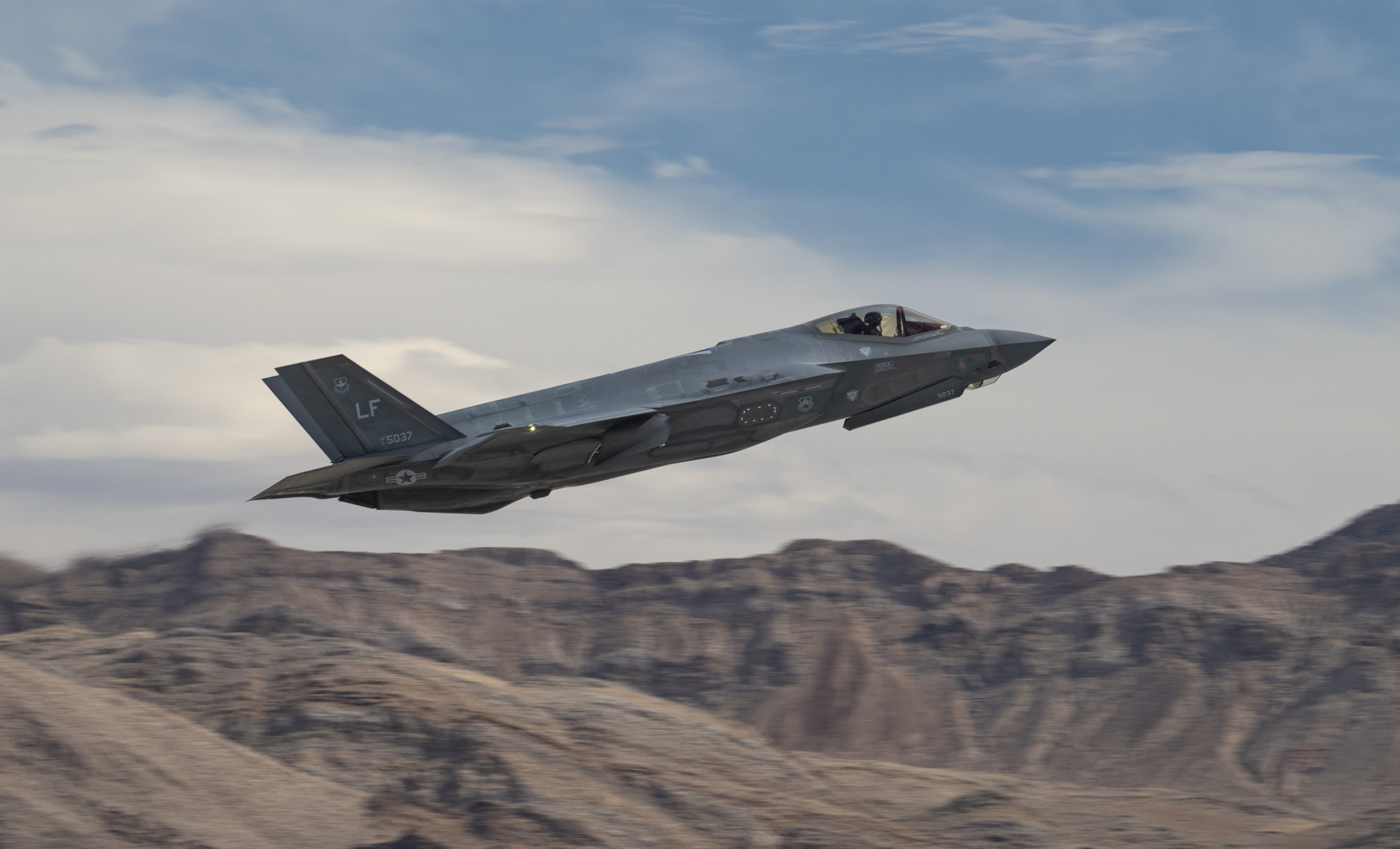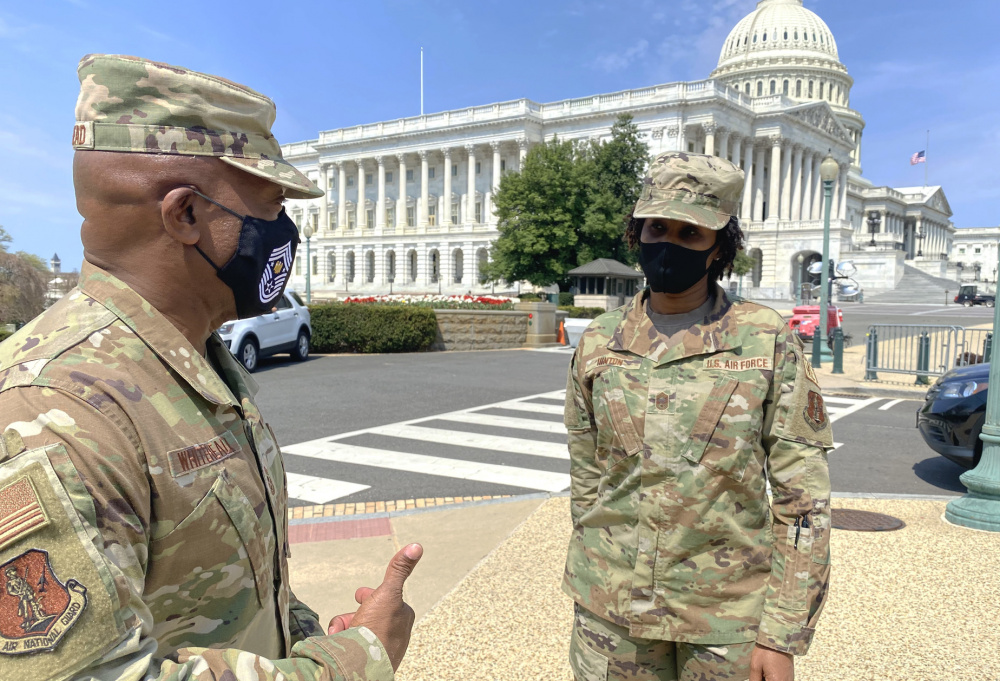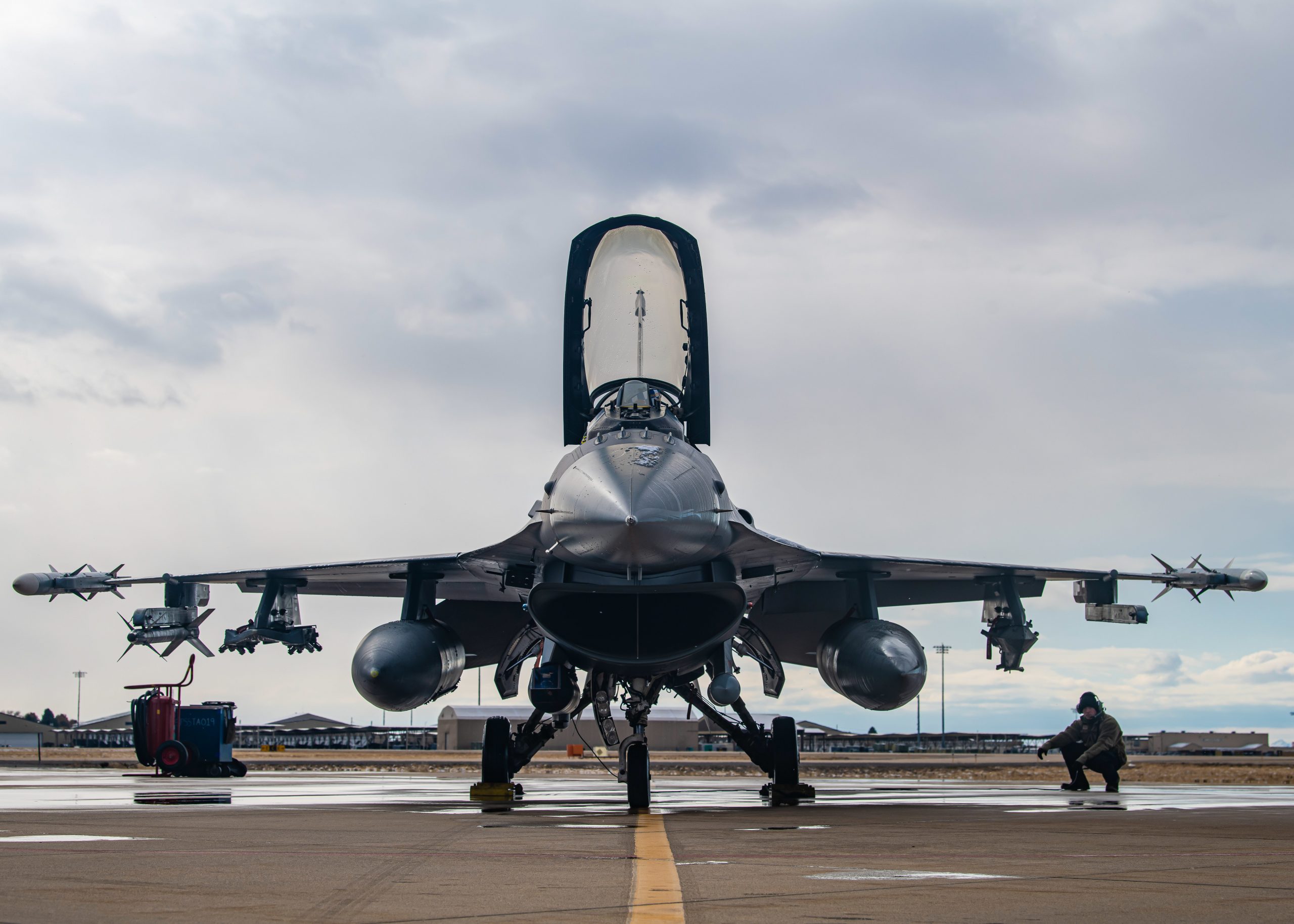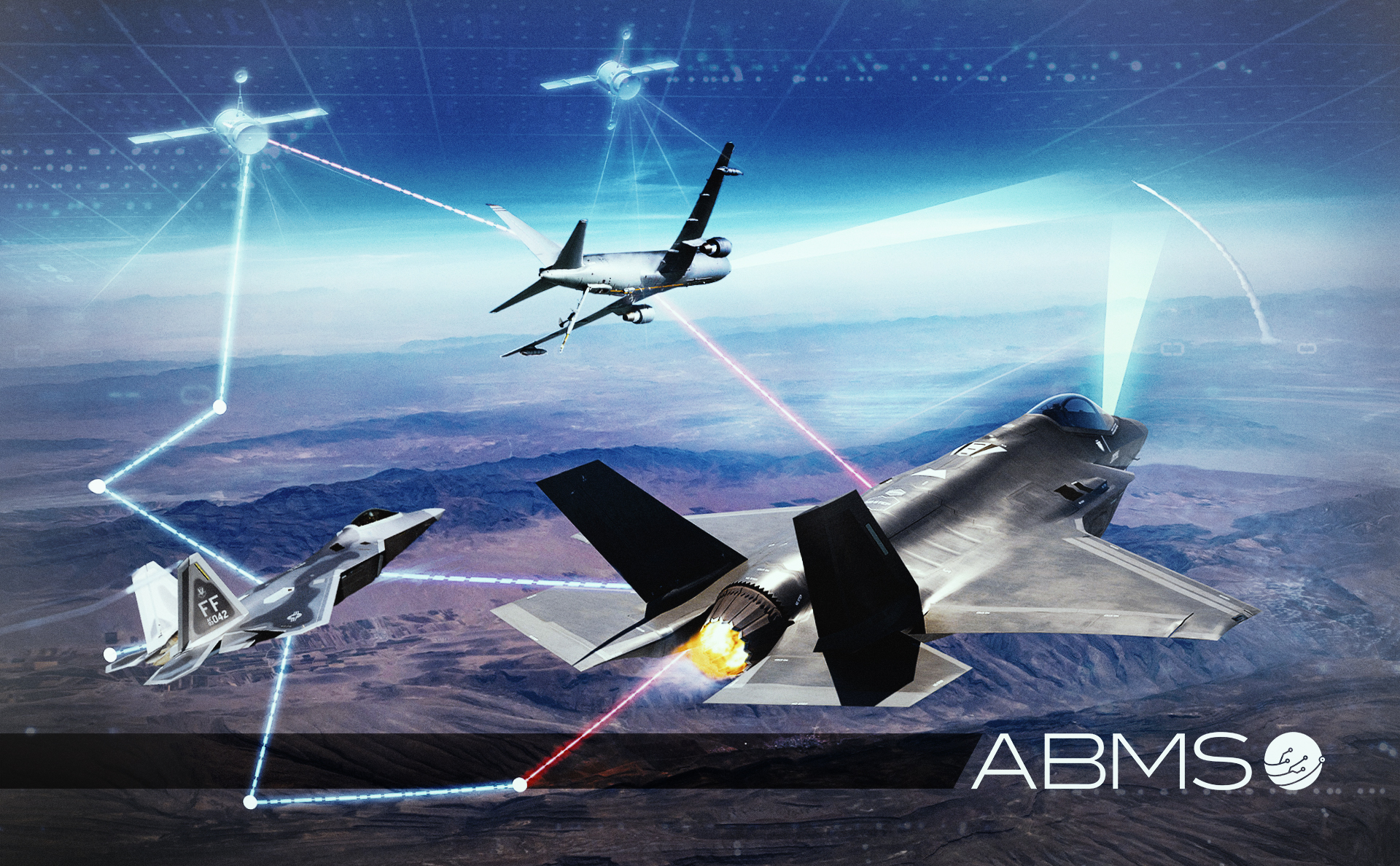Frank Kendall, the Biden Administration’s nominee to be Air Force Secretary, said his concerns about China’s rapid modernization, and the desire to defend against it, are his principal motives for agreeing to return to work in the Defense Department.
“That is the reason, perhaps, that I’m interested in coming back into government…and hopefully to be confirmed, is to address that problem,” Kendall said in colloquy at his Senate Armed Services confirmation hearing May 25.
Kendall also said he supports a fleet of at least 145 B-21 bombers, a continuing robust buy of the F-35, retaining the A-10 close air support jet and MQ-9 remotely-piloted aircraft fleet. He also views “command climate” as a key roadblock to stopping sexual assaults within the military, and will work to change it.
Kendall, whose last job in the Pentagon was as the Undersecretary of Defense for Acquisition, Technology and Logistics, said he became aware of China’s rapid military modernization “and how successful they had been” in 2010, and has been concerned about it ever since.
In his prepared statement, Kendall said China studied the U.S. victory in the 1991 Gulf War and has subsequently worked to emulate America’s capabilities, “with the clear goal to defeat the ability of the United Sates to project power near China.”
While he said “we have made progress” against the threat posed by China, and also Russia—which he said has emphasized modernization of both strategic and tactical nuclear weapons—“there is still much to be done.” He’s looking to organize, train and equip the Air Force and Space Force to better deter China and Russia, and if necessary, “fight and win, against all adversaries.”
Kendall effectively endorsed the last Administration’s National Defense Strategy, saying “there’s been a lot of additional attention on this in the last several years. The National Defense Strategy…takes us in that direction. And I think there’s general consensus, now, that China is the pacing threat” to the U.S.
In written answers to committee questions, Kendall said the Air Force’s responsibilities for two legs of the nuclear triad are “by far its most important” mission. He added the national command and control network to the triad, calling it the “quad” of deterrence.
Under questioning from Sen. Dan Sullivan (R-Alaska), Kendall said he believed the defense budget to be forwarded to Congress Friday will be “adequate,” but said he would “fight” for the necessary resources to modernize the Air Force and give it the capacity necessary for all its missions. Sullivan asked if Kendall thought a 3-5 percent increase in defense spending, as recommended by the commission on the national defense strategy, is appropriate.
“Rather than pick a number, I will commit…to fight for the budget that’s necessary to fulfill the National Defense Strategy, whatever that may be. And if it’s three percent, yes, if it’s five percent, ten percent, I will try to get the money that is needed by the Department of the Air Force if I’m confirmed, so the Air Force can support combatant commanders as they need to, to carry out that strategy,” Kendall said.
Kendall supported a figure of 145 B-21 bombers mentioned by former Air Force Chief of Staff Gen. David Goldfein at a posture hearing in 2020.
“I think that…is a reasonable number, at this point,” Kendall said, adding that “We’re a long way from achieving that, and requirements may change over time” but it’s a sound number to form the basis of the program and its management, he said.
The Air Force has been shifting its position on the number of B-21s from “at least 100” to 145 over the last two years, with Global Strike Command now quoting 220 as the “right-sized” bomber force, of which 75 would be upgraded B-52s.
Kendall called himself “a proponent” of the A-10, “because of my background” in the Army, saying it presents a “unique” capability for close air support, and is the aircraft ground commanders tend to ask for by name.
“There remain hard trades to be made,” he said, “and I think there’s a question of how [much] inventory can be maintained,” now that a number of the A-10s have been re-winged. “But they provide a unique capability and I would be reluctant to see them come out of the inventory entirely.”
Kendall endorsed the F-35, agreeing that it is the “cornerstone” of the Air Force’s fighter fleet.
“The F-35 is the best tactical aircraft of its type in the world, and it will be so for quite some time,” Kendall said. “It’s a complex, expensive weapon, unfortunately, but it is a dominant weapon when it goes up against earlier-generation aircraft.”
Kendall said he has not been briefed on the Air Force’s tactical aircraft study and can offer no insight on it yet, but said “We have to get to an affordable mix, that meets our needs, that is driven by the National Defense Strategy. That’s what should guide those investments.”
As for the F-35, Kendall said he has a “long history” with it.
“It has struggled, certainly, and since I left government, four years ago” the sustainment cost and delays with the Block 4 version have multiplied, Kendall said, citing press accounts.
But he seemed to endorse a robust continuing procurement of the F-35, telling Sen. James Inhofe (R-Okla.) “the key to getting the cost down in an air fleet is getting the numbers up. There’s a very strong correlation between the size of the fleet and the cost to sustain that fleet. So if there’s one thing that would continue to drive costs down overall, it would be to continue to buy” the F-35.
While there’s some debate over what the final F-35 buy should be, “my own view is that we’re well short of that number, and what we should be working on is keeping the cost down and keeping procurement at a rate that makes sense.”
The MQ-9 has “served us incredibly well in Iraq and Afghanistan,” Kendall said in answering a question on the drone’s future, but it cannot persist in “a high-threat environment.” He said it would be worth “some investment” to give the MQ-9 fleet additional survivability capabilities and “look what we can do to sustain it” in the force.
“It would be a shame” to retire the MQ-9 fleet “after all that investment” that’s already been made in it, Kendall added.
Kendall said he will look closely at the “command climate” in the Air Force, saying that, in certain places, it may underlie many of the sexual assault problems in the service.
“My overall assessment, throughout my career, of command climate, is overwhelmingly positive,” Kendall told Sen. Kristin Gillibrand (D-N.Y.). “But there are exceptions. There are cases–and I think Ft. Hood has been a recent example, in the Army—where investigations have revealed that there are problems.”
“What I can commit to you is, if I am confirmed, I will take command climate and the culture that is created within the Air Force extremely seriously in this regard. I think it is, frankly, at the root of the problems that we have with sexual assault and sexual harassment, and if we can’t address that, we’re not going to be successful in prevention.”
